- +033 2572 7171
- info@dhanvantary.com

4.5 Rating | 4500 Review

4.5 Rating | 4500 Review
Cerebral Palsy is a neurological disorder that affects movement, muscle tone, and posture. It results from damage to the developing brain, usually before or shortly after birth. "Cerebral" refers to the brain, and "palsy" refers to a condition that affects body movement and posture.
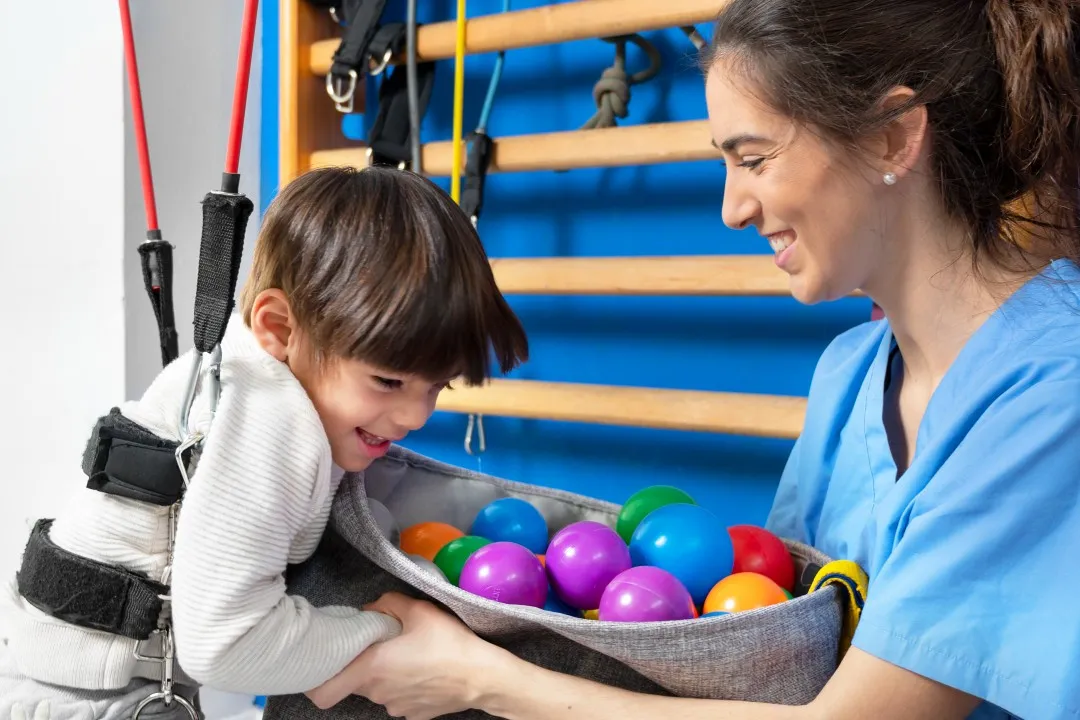
Cerebral Palsy can cause difficulties with balance, coordination, and voluntary muscle control. It’s a lifelong condition, though its symptoms vary widely in severity among individuals. Cerebral Palsy is one of the most common childhood motor disabilities. According to studies, it occurs in about 2–3 per 1,000 live births globally.
Cerebral Palsy is caused by damage or abnormal development of the brain, specifically areas controlling motor functions. Common causes include:
The symptoms can vary from mild to severe, depending on the extent of brain injury. They often include:
Diagnosing Cerebral Palsy can be challenging, especially in infants. Diagnosis involves observing movement and coordination patterns and might include:
Cerebral Palsycan be understood as a Vata Vyadhi or a disorder involving Vata dosha, which affects the nervous and musculoskeletal systems. Ayurvedic texts describe various conditions that involve motor and neurological impairments, some of which share similarities with the symptoms of Cerebral Palsy.
Pakshaghata – Often compared to paralysis or hemiplegia, Pakshaghata is a condition where one side of the body loses function due to a severe Vata imbalance. It resembles some of the unilateral muscle weakness or paralysis
Balya Vata Roga (Childhood Vata Disorders) – Ayurveda recognizes various conditions specific to childhood due to Vata imbalance that may cause delays in motor and cognitive development, similar to the developmental delays seen in children with Cerebral Palsy.
It is interpreted as a complex Vata disorder impacting motor functions, neurological health, and muscle coordination. Ayurvedic treatments focus on balancing Vata dosha to address these underlying disturbances.
Regular oil massages with medicated oils like Mahanarayan oil, Bala oil, or Dhanvantaram oil help nourish tissues, relax muscles, and improve circulation.
In this treatment, a warm, continuous stream of oil is poured over the forehead to calm the mind, reduce anxiety, and balance the nervous system.
Basti is considered the most effective therapy for Vata-related disorders. Herbalized oil or decoction enemas can help balance Vata in the lower body, support the nervous system, and improve muscle function.
Warm, medicated oil is poured over the body in a rhythmic manner. This therapy can reduce stiffness and improve motor control.
Dietary adjustments to include warm, nourishing, and easily digestible foods that support the nervous system.
Yoga, Pranayama, and meditation to enhance physical flexibility, mental calm, and emotional stability.
Lifestyle modifications to maintain a stable routine and support overall balance.
Rasayana therapy aims to rejuvenate tissues and strengthen the body's resilience. Regular use of Rasayana herbs, like Ashwagandha and Bala, can help support the nervous system, enhance cognitive development, and improve strength over time.
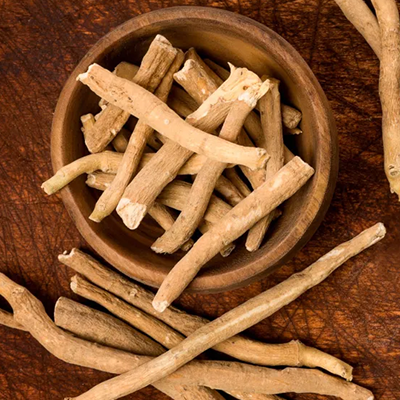
Known for its rejuvenating and strengthening properties, Ashwagandha supports muscle health and improves coordination.
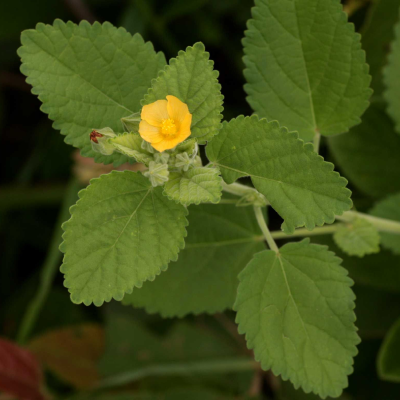
This herb is used for strengthening muscles and promoting motor skills.
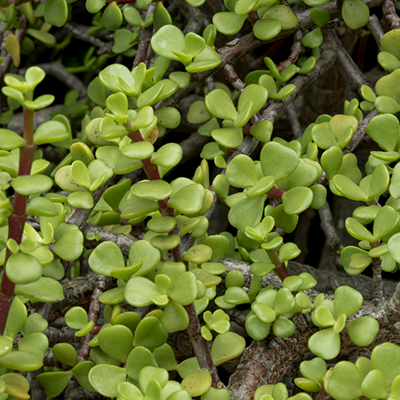
Brahmi supports cognitive functions and has neuroprotective effects.
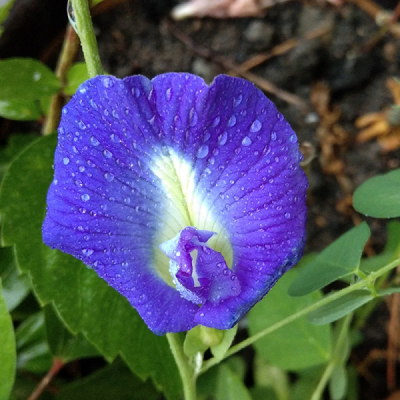
This herb aids in improving memory, focus, and clarity.
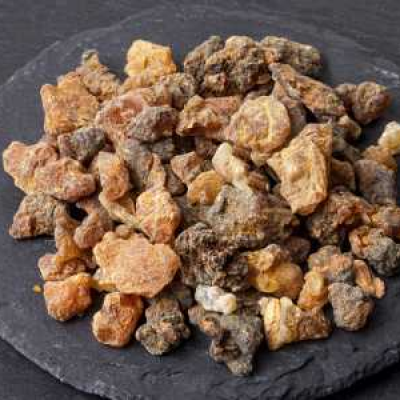
Helps reduce inflammation and improve circulation, supporting joint and muscle health.
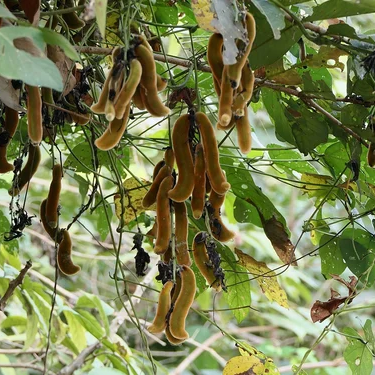
Known to improve motor functions and support nervous system health.
These herbs are usually administered as powders, tablets, or in medicated oils for external applications.
